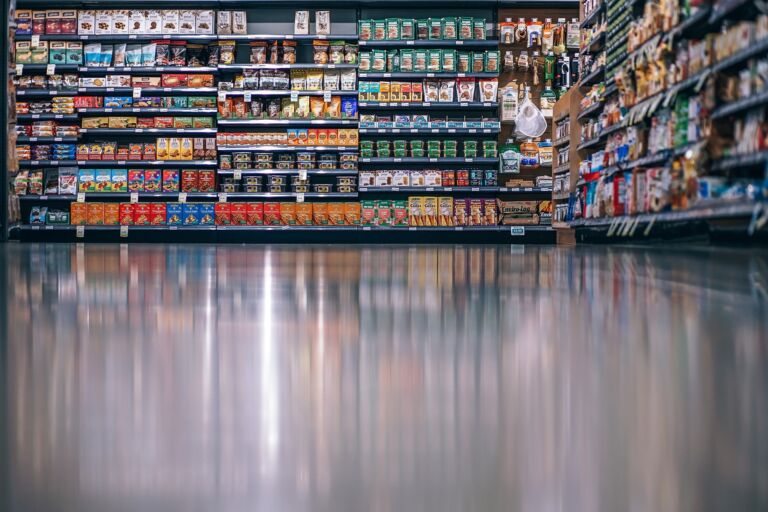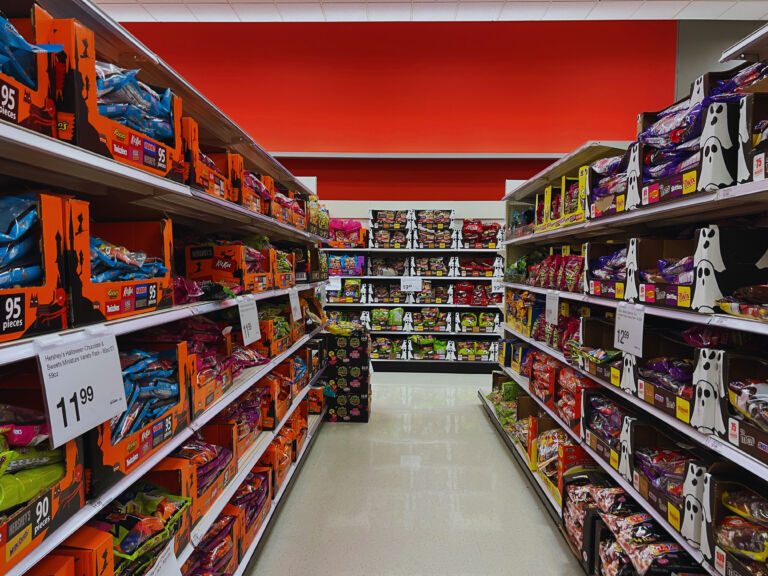Ariel Zilber writes for the New York Post about a growing problem in American retail stores.
A nationwide shoplifting epidemic is crippling the finances of brick-and-mortar retailers, which warn that they may be forced to raise prices or even shutter stores in order to offset tens of billions of dollars in lost inventory.
The National Retail Foundation is estimating that it lost $94.5 billion last year due to “shrink” — an industry term that means lost inventory — which is being blamed primarily on shoplifting, according to the Wall Street Journal.
Shrink measures losses including theft by employees and product damage, but the greatest portion of shrink — 37% — came from external theft, including products taken during organized shoplifting heists, the trade group said.
It also noted retailers, on average, saw a 26.5% surge in organized theft incidents last year.
The $94.5 billion sum represents around 1.4% of retail revenue in 2021, according to the NRF, whose data shows significant year-over-year increases in “shrink” that accelerated during the coronavirus pandemic.
Between 2014 and 2019, shrink rose at a compound annual rate of around 7% year-over-year, according to the NRF. In 2020, shrink surged by 47%. The next year, it increased by another 4%.
Retailers told the NRF in surveys that staffing shortages exacerbated by the COVID pandemic have made it difficult to maintain enough personnel in stores to thwart potential shoplifters.
Supply chain shortages have also enabled shoplifters to sell stolen goods at a premium on eBay, Amazon and other secondary market facilitators, the NRF said.
Target said theft contributed significantly to a more than $400 million drop in gross profit during the first three quarters of its fiscal year compared to the previous year.
The retail chain said it expects a $600 million loss for the full fiscal year compared to last year.
In an interview with CNBC earlier this month, Walmart CEO Doug McMillon noted that theft at Walmart was higher than it has historically been, and could lead to higher prices and store closures if it persists.


